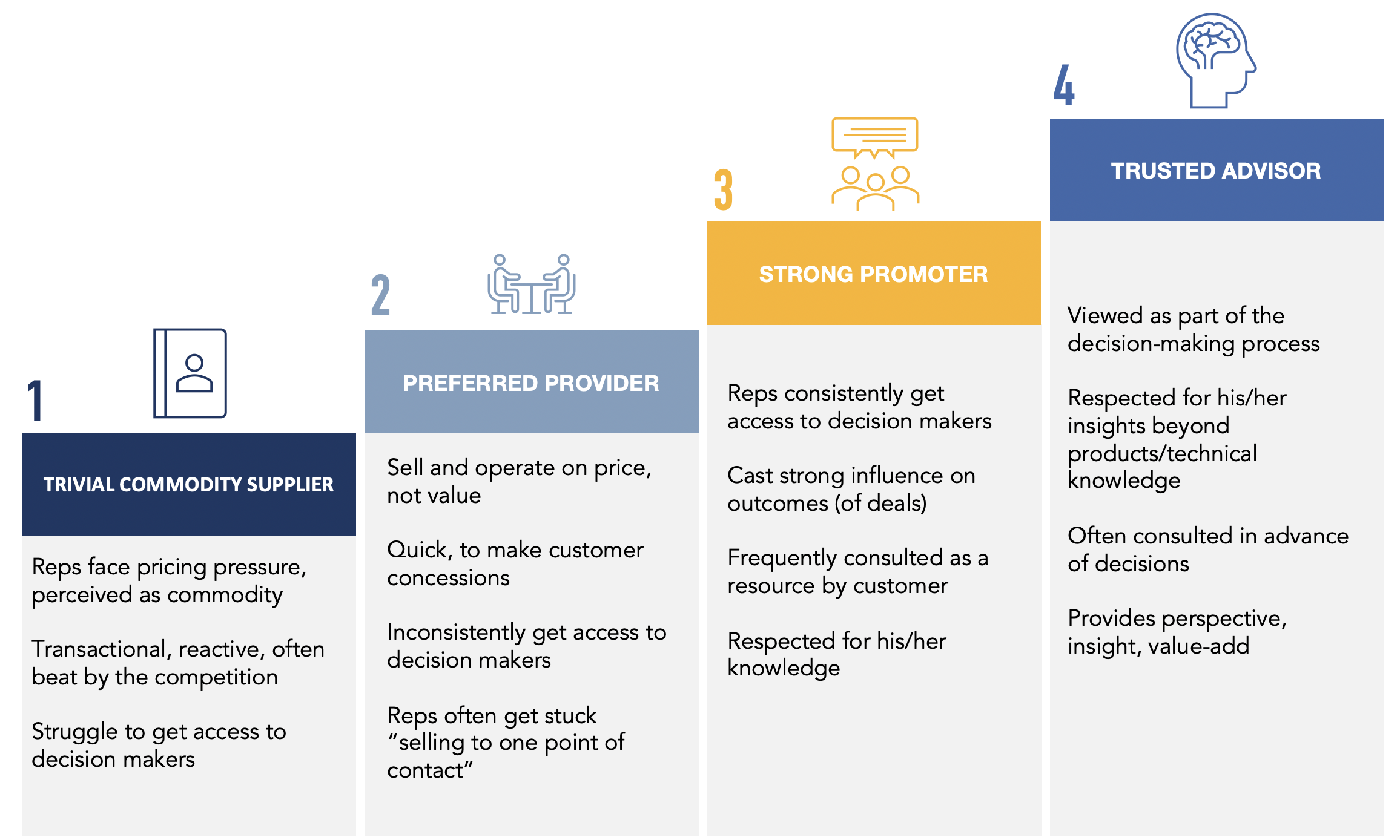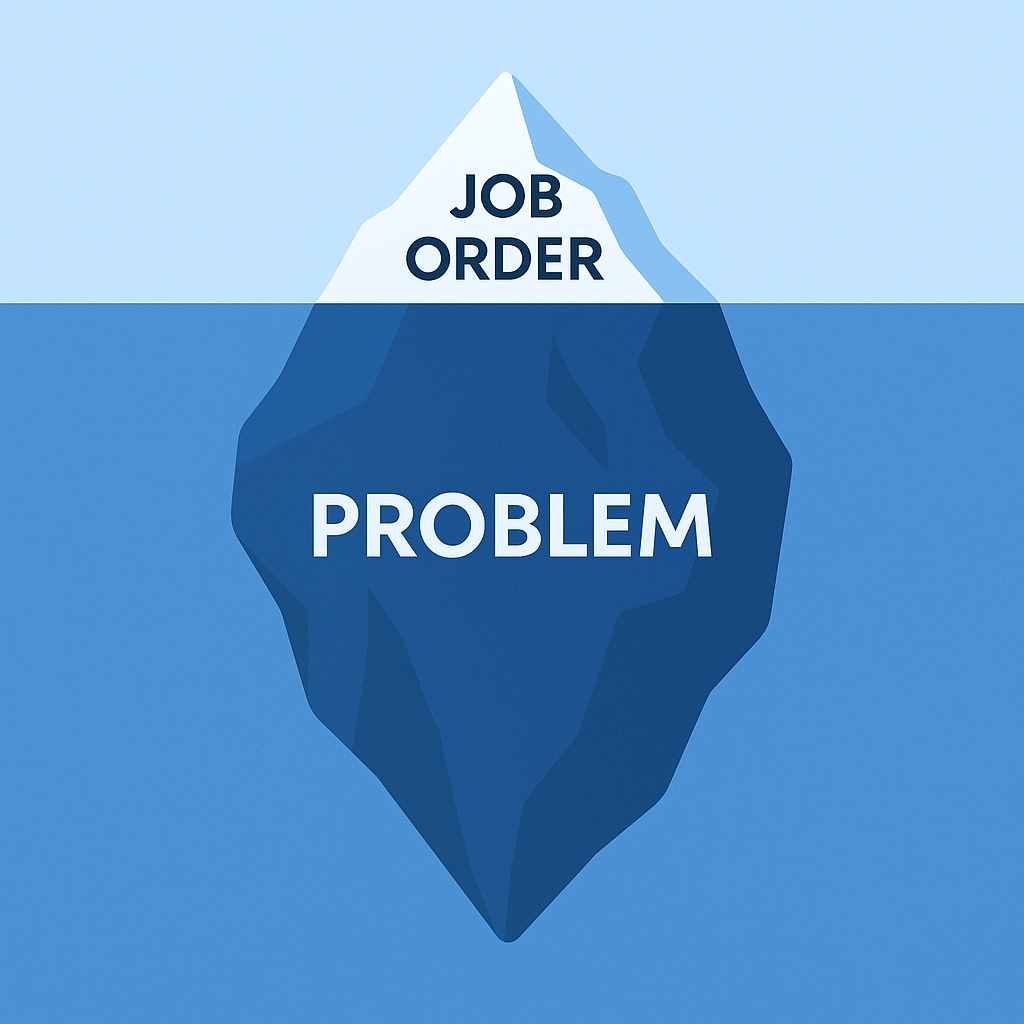Selling With Your Consultant
In my previous post, How to Prevent Unexpected Contract Terminations, I shared how systemizing consultant and client check-ins at key milestones...
3 min read
![]() Dan Fisher
:
May 24, 2021 8:34:08 AM
Dan Fisher
:
May 24, 2021 8:34:08 AM

For as long as the sales profession has been in existence there has been a belief that sales is an art and not a science. Everyone believed (and many still do) that sales is all about the relationships and that great salespeople have “the gift of gab.” Today however, modern sales and recruiting leaders and sales enablement leaders know that sales (and recruiting) is just as much science as it is art.
We now have the sales enablement tools we need to track sales activities and sales behaviors and link them to sales results. We no longer need to rely on gut instinct and guess at what is working. This is great news for L&D and sales enablement leaders because you can target your sales training and recruiter training efforts much more effectively.
Through our work with hundreds of staffing firms and consulting with their sales and recruiting teams and executive leadership, we’ve identified two levels of sales team success; Relationships, and Sales Process Adoption. To help you understand what it is you’re trying to enable and scale across your staffing organization let’s consider the strength of customer relationship capability model and the sales process capability adoption model.
Keep in mind that capability maturity models are often mistaken for a collection of best practices. The reality is they are designed to illustrate the phases an organization progresses through for continuous improvement in a particular discipline or function. The intent is to help business leaders determine what practices and perceptions currently exist within their organization and provide a roadmap for the organization to pursue ongoing improvement. Maturity models can take industry “best practices” and convert them into “future state” or next steps.
As you read through them, think about your sales organization and which level your sales team-holistically-falls into.
Strength of Customer Relationship Capability Model
The strength of customer relationship capability model depicted below highlights how sellers and their sales effectiveness evolves over time. As you develop more and more of your sellers into “strong promoters” and “trusted advisors” you increase overall team quota attainment which accelerates the growth of your organization.
.png?width=2312&name=Sales%20Relationship%20Spectrum%20Maturity%20Model%20(1).png)
By doing a quick evaluation of your sales organization's capability and capturing “today’s behaviors” associated with each phase, you will gain an understanding of:
Level 1: Trivial Commodity Supplier
Level 2: Preferred Supplier
Level 3 : Strong Promoter
Level 4: Trusted Advisor
Sales Process Capability Adoption Model
The sales process capability adoption model depicted below highlights how sales capabilities and sales effectiveness improves with increasing levels of sales process capability and adoption. The more mature and the greater the adoption of your sales process, the more you are able to scale sales effectiveness and accelerate your growth.
As you read through them, think about your sales organization and which level your sales team-holistically-falls into.
.png?width=2334&name=Sales%20Process%20Adoption%20Maturity%20Model%20(1).png)
Chaotic
Ad-Hoc
Formal
Dynamic & Predictable
Investing the requisite time and effort to effectively enable and scale your sales and delivery teams is a full-time job and likely just one reason why it may be time your organization hires a full-time sales enablement manager.
What steps are you taking to scale your revenue growth? How are you improving team capability and effectiveness with regards to the customer relationship capability model and the sales process capability adoption model?
To learn more about how to enable your sales and recruiting teams and scale your revenue growth, check out our eBook, The Staffing Leaders Guide to Sales Enablement.

In my previous post, How to Prevent Unexpected Contract Terminations, I shared how systemizing consultant and client check-ins at key milestones...

About a year ago, I was serving as the fractional revenue leader, managing sales and recruiting for a client.

If you’ve worked in staffing long enough, you’ve been trained to chase job orders.